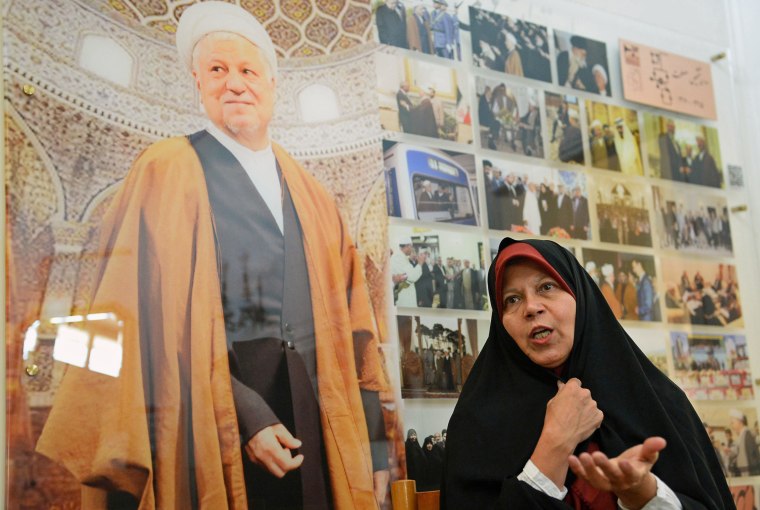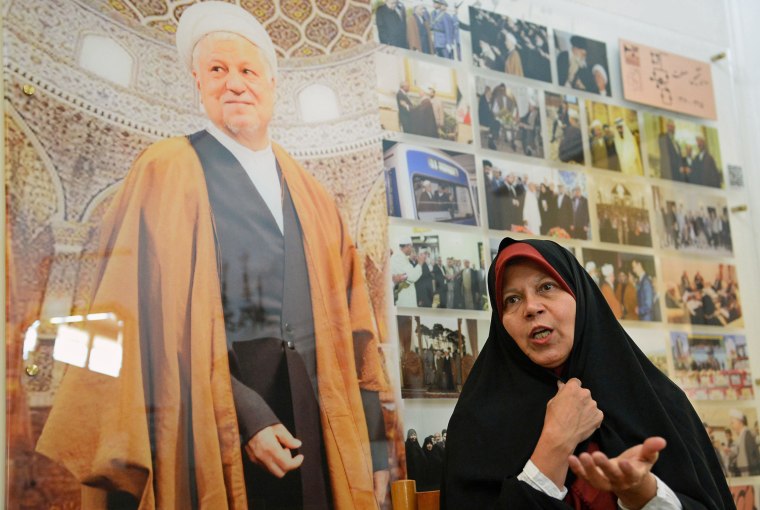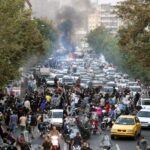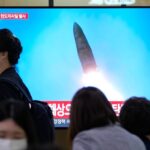So far, 41 people have died in the demonstrations, Iranian state TV said last week, although human rights groups estimate this number to be much higher.
NBC News has not been able to independently verify the number of those who have died during the protests.
Outside Iran, social media users have cut their hair in solidarity, while thousands have attended rallies in European capitals and American cities like Los Angeles. The Iranian men’s soccer team held its own silent protest before a game in Austria last week, wearing black jackets that covered their national team emblem.
Analysts say that these signs of a broader movement could prove a potent force that would be harder for the government to quash.
“There have been strikes before,” but this movement is “carried by outrage and an incredible amount of anger at the Iranian government and its inability to reform,” said Arshin Adib-Moghaddam, a professor in global thought and comparative philosophies at the School of Oriental and African Studies in London.
“There are also social and gendered dynamics at play, as the protests are clearly carried by Iranian women, both within the country and outside,” he added.

Despite the scale and longevity of the protests, there is no evidence yet of any clear structure or leadership. Neither have any notable political figures been involved, except for Faezeh Rafsanjani, the daughter of former President Akbar Hashemi Rafsanjani, who was a reformist.
Iranian state media reported Thursday that she was arrested after taking part in the protests and charged with “inciting riots,” according to Reuters.
The government has not commented on the arrest.
This lack of public leadership is in contrast to the mass protests in 2009, which developed into what became known as the Green Movement and coalesced around the presidential candidate Mir Hossein Mousavi, who challenged the result of that year’s election.
On Saturday, Mousavi, who has been under house arrest in Tehran since 2011, issued a statement in support of the demonstrators.
Any potential leadership is most likely to come from Iran’s unofficial unions, said Peyman Jafari, a historian at the College of William and Mary in Virginia. “If that happens, then it is going to be a considerable force that can really paralyze the state with strikes,” he said.
Strikes that began in Iran’s oil fields in 1978 soon spread across other sectors nationwide, with workers from almost every major industry walking off their jobs.
The industrial action, together with months of public protests, crippled the country and helped to bring about the eventual downfall of the powerful Shah Mohammad Reza Pahlavi, paving the way for the Islamic Revolution soon after.
Although there has been unrest more recently in Iran, such as the one following the disputed presidential election in 2009 and another over the cost of living in 2019, experts say the current protests may be helped, rather than held back, by the absence of a formal movement.
But the state, which drew a show of support from lawmakers chanting “thank you, police” during a parliamentary session Sunday, is not unprepared.
“The problem is that the government has been very wary about the role of these unions and workers, so therefore it has arrested and repressed their leaders,” Jafari said.




